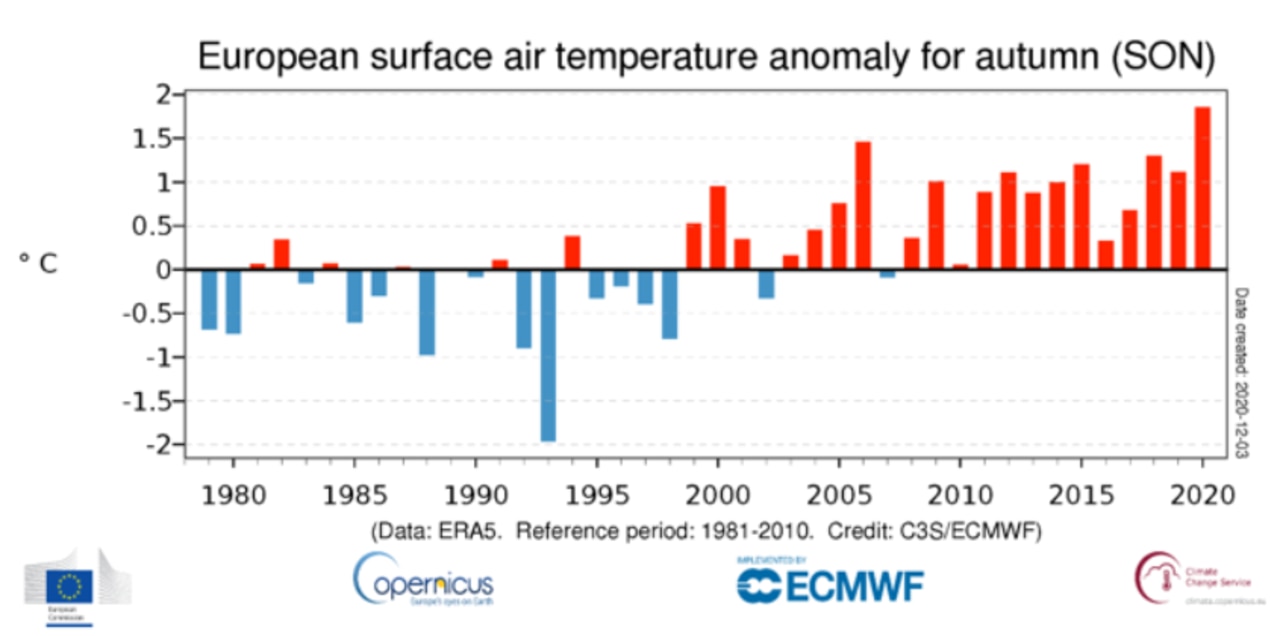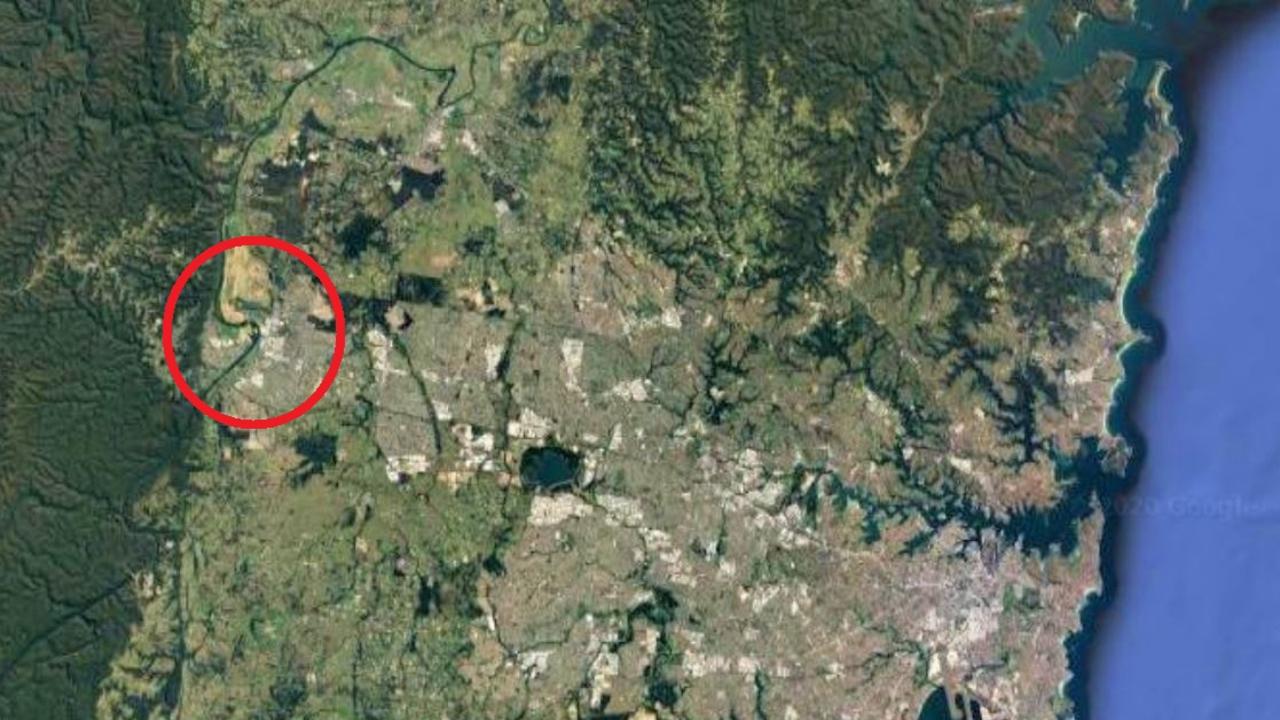UN calls out Aussie suburb for dire heat record
It’s now official, last month was the hottest November worldwide. And the UN has called out one suburb of a major Australian city.
A scorching hot day in a western Sydney suburb is being held up as one of the “extraordinary” proof points that could lead 2020 being declared one of the three hottest years on record.
The almost 49C day that Penrith, in Sydney’s west, sweltered through on January 4 this year was the highest temperature recorded in a major Australian city.
A United Nations agency has picked it out as one of the highlights – or rather lowlights – of a blisteringly hot 2020.
An Australian climate scientist said the suburb’s record hot day was a “step beyond” even for a suburb which is regularly the hottest in Sydney.
Last month has also just been officially recognised as the hottest November on record globally.
The European Union’s Copernicus Climate Change Service declared November 2020 the warmest such month since its records began in 1979.
What’s really worrying climate scientists is the scorching conditions are occurring during a La Nina year when it should be cooler.
RELATED: Wettest summer for 10 years still on cards despite scorching November

Director of the Copernicus Service, Carlo Buontempo, said the change was not a surprise, but concerning nonetheless.
“Globally, November was an exceptionally warm month compared to other Novembers, and temperatures in the Arctic and northern Siberia remained consistently high, with sea ice at its second lowest extent.
“This trend is concerning and highlights the importance of comprehensive monitoring of the Arctic, as it is warming faster than the rest of the world.”
The service stated global average temperatures were the highest for the month by a “clear margin”. The mercury was 0.8C higher than a usual November and 0.1C above the previous warmest Novembers of 2016 and 2019. In Europe it was ever worse, at 1.9C above average.
Northern Europe, Siberia and the Arctic were the regions where temperatures were most out of kilter with the USA, Latin America and Australia among those where the mercury was “substantially higher”.
In contrast, western Antarctica and central Asia saw temperatures most below average. While Arctic sea ice reduced, the extent of Antarctic sea ice largely held firm.


PENRITH CALLED OUT IN 2020 GLOBAL HEAT CHART
The Copernicus Service said all indications were that 2020 would be one of the warmest years on record. That has chimed with an outlook from the World Meteorological Organisation (WMO), part of the UN, which last week said it expected 2020 to be one of the three hottest years since its records began. Its data goes all the way back to 1850.
“2020 has, unfortunately, been yet another extraordinary year for our climate,” said WMO secretary-general Professor Petteri Taalas.
“The average global temperature in 2020 is set to be about 1.2C above the pre-industrial (1850-1900) levels.” he said
It would see 2020 trailing only 2016 and 2019 in the hottest year’s stakes.
Penrith, 60 km west of the Sydney CBD, was called out by the WMO as one of the global extreme heat shockers of the year.
“Australia broke heat records in early 2020, including the highest observed temperatures in an Australian metropolitan area, in western Sydney, when Penrith reached 48.9 °C on 4 January,” the report said.
RELATED: Lack of trees exacerbates extreme heat effects in Australian suburbs

Lying at the base of the Blue Mountains, western Sydney is often the hottest part of the city as it is missed by the cooling sea breeze. It can sometimes be 10C warmer in Penrith than the Sydney CBD. It can also be far cooler in winter.
Dr Ailie Gallant of Monash University’s Climate Change Communication Research Hub told news.com.au the extreme heat in western Sydney came as New South Wales was in the midst of the huge and deadly bushfires that turned skies red and saw ash rain down.
“It’s not unusual to get very hot in Penrith, but what we’re experiencing now is unprecedented. It’s a step beyond”.
She said that while the EU’s data only went back three decades, the fact other organisations were examining records that went back 170 years and getting a similar result was a concern.
“Five independent datasets have said that this November will be in at least the top three for the hottest on record. Whether it’s number one or not, it doesn’t matter – it should be cooler and it’s not”

The Bureau of Metrology has already confirmed that last month was Australia’s hottest November since its records began.
The national mean temperature for November was for Australia as a whole was 2.47 °C warmer than average, which broke the previous record in 2014 when temperatures were 2.07C above the baseline.
Forecasters are hoping that the arrival of the monsoon season in Northern Australia along with La Nina will help the summer be wetter in much of Australia and cooler in many places.




